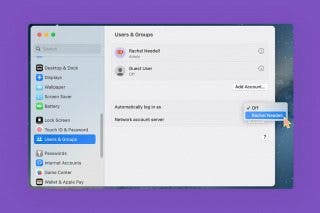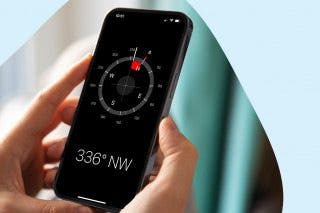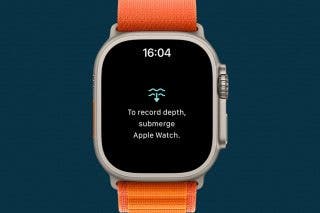App Store Not Working? How to Fix All Your App Store Issues


What to Know
- If you can’t connect to the App Store, check your network and data settings.
- If you can't download apps, check your iPhone storage and clear storage as needed.
- Still can't download apps? Check your Screen Time settings and make sure your screen time isn't limited and you're allowed to purchase apps.
Whether you are having trouble connecting to the App Store, downloading apps, or making in-app purchases, we are here to help. Let's go over how to fix the most common App Store issues.
First Steps When You Can't Connect to the App Store
It's so annoying when you can't connect to the App Store, can't download apps on your iPhone or iPad, or get an App Store error that tells you to try again later. There are several possible reasons you can't download apps on iPhone or iPad Here are some basic reasons and ways to fix them:
- Is the Apple app store down? Check the Apple System status page to see if there's a green dot next to App Store. If not, wait a while for the App Store outage to be fixed.
- You may need to update iOS or iPadOS.
- If your iOS or iPadOS is already updated, you may need to reboot your iPhone or iPad.
- Your Date & Time settings may be incorrect; check them and make sure they're set to the correct Time Zone.
- You may not have enough storage on your iPhone or iPad. Check your iPhone storage, and clear space as needed.
App Store not working still? Here are some more ways to fix your App Store problem.
Check Your Network Connection
If the App Store is not or if the App Store cannot connect, you may be having connectivity problems. Check your iPhone or iPad's network connection. The easiest way to do that is by opening the Control Center. You can do that by swiping down from the top right edge of the screen on an iPhone without a Home Button or by swiping up from the bottom edge of the screen on an iPhone with a Home Button:
- In the top left of the Control Center, you’ll see your carrier name and connection status. An LTE, 4G, or 5G icon indicates that you are connected to your cellular network. The more bars in the stairstep cellular icon, the stronger your cellular connection.
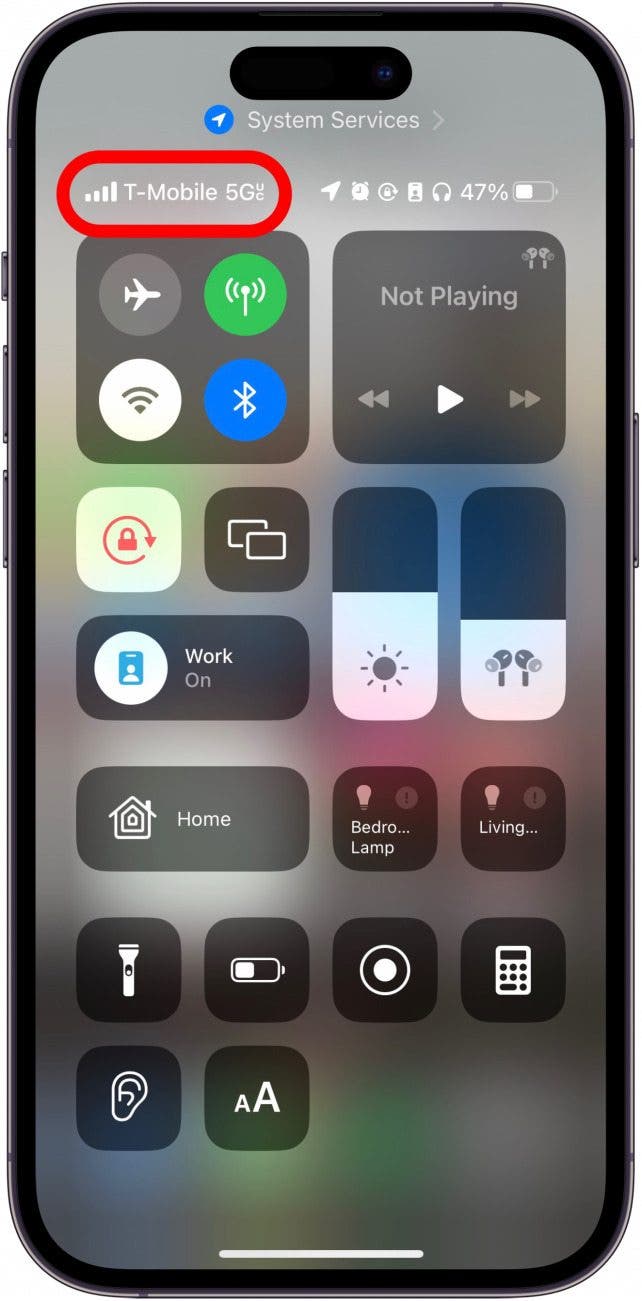
- If you see the fan-like Wi-Fi icon, you are connected to Wi-Fi, and you should have no problems connecting to the App Store. The more white bars filled in, the stronger your Wi-Fi connection.
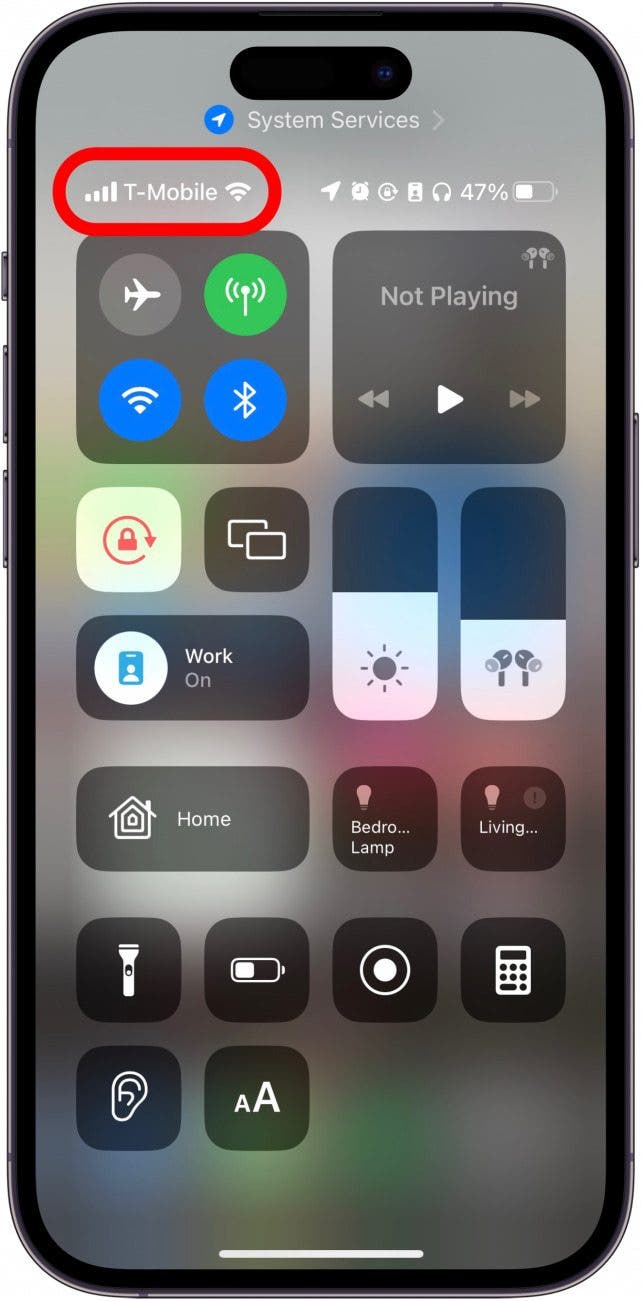
App Store not working still? If you have a strong network connection, the next step is to check that you have cellular data enabled for the App Store.
Check That Data Is Enabled for the App Store
One of the many useful features of iOS is that you can restrict certain apps from using cellular data. This can be useful if you are not on an unlimited data plan, but it can also be a double-edged sword if an app that you need to use while out and about has its access to cellular data disabled. To check:
- Open the Settings app, and tap Cellular.
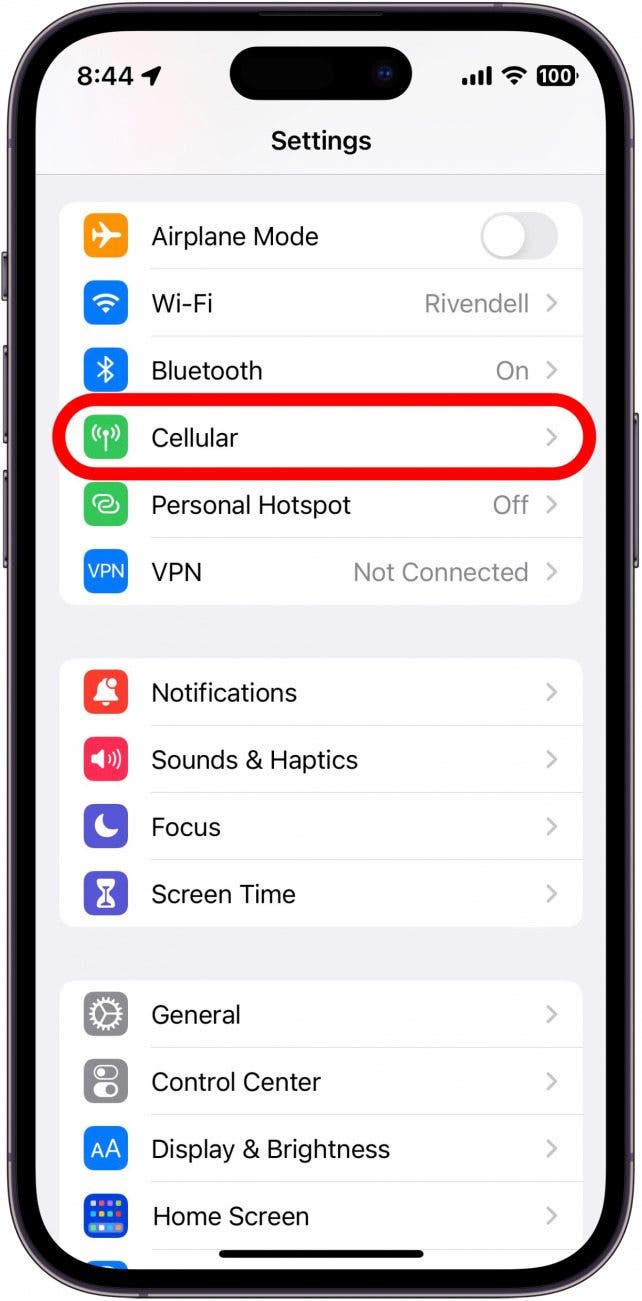
- Scroll down and find the App Store in the list under Cellular Data. Make sure the toggle is green and positioned to the right to indicate that the App Store has access to cellular data.
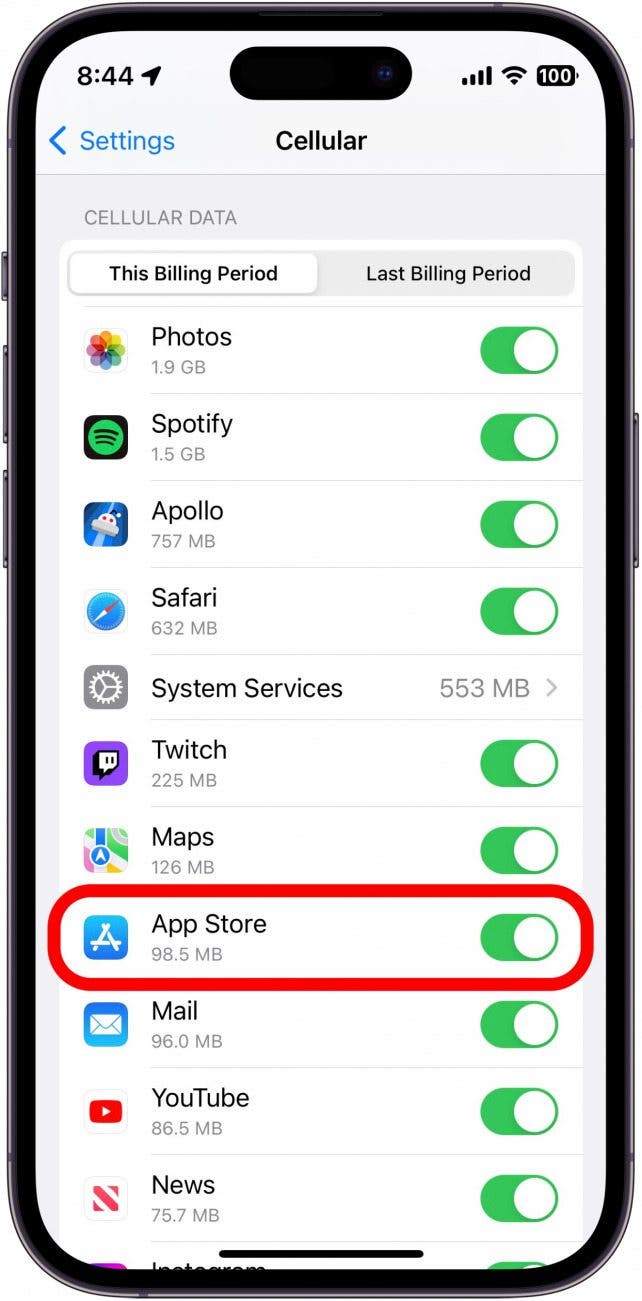
- If the toggle is gray and positioned to the left, that means cellular data is disabled for that particular app. You can tap the toggle to enable it.
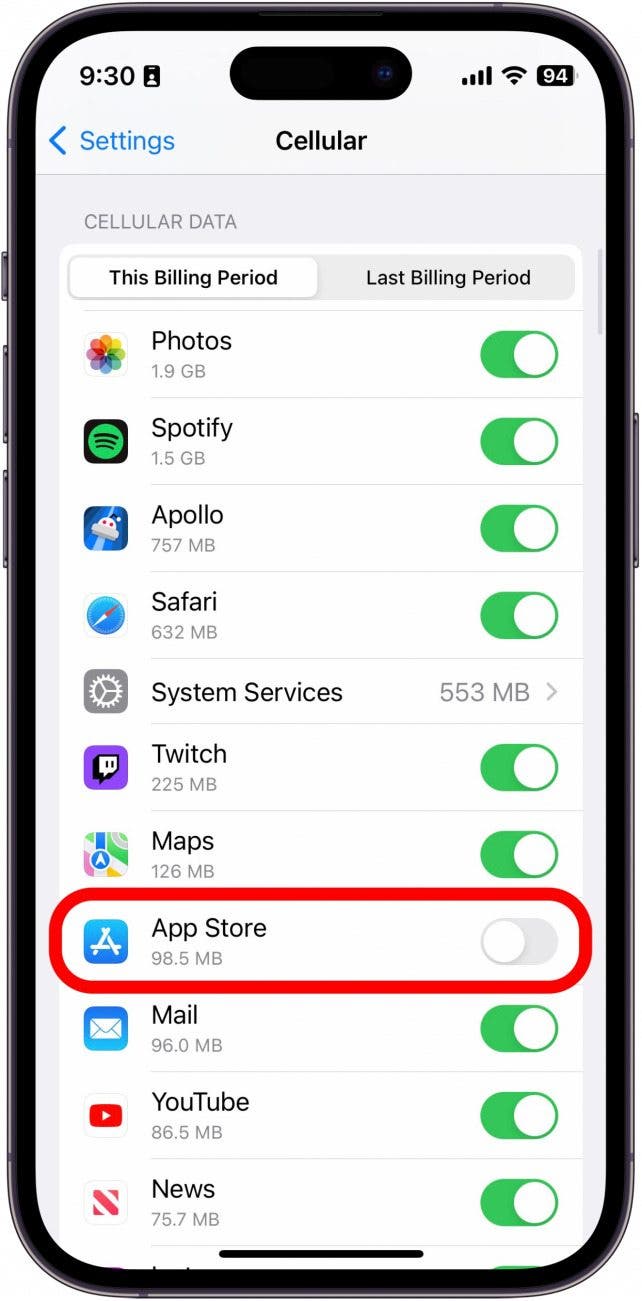
App Store not working yet? Let's move on to another way to get the App Store working again.
Check Screen Time App Limits
If you can't download in-app purchases or the App Store isn't downloading apps, the culprit may be Screen Time. Screen Time allows you to set App Limits so that you can only use specific apps for a certain amount of time. Here’s how to check if you accidentally set an App Limit that is preventing you from downloading apps:
- Open the Settings app and tap Screen Time.
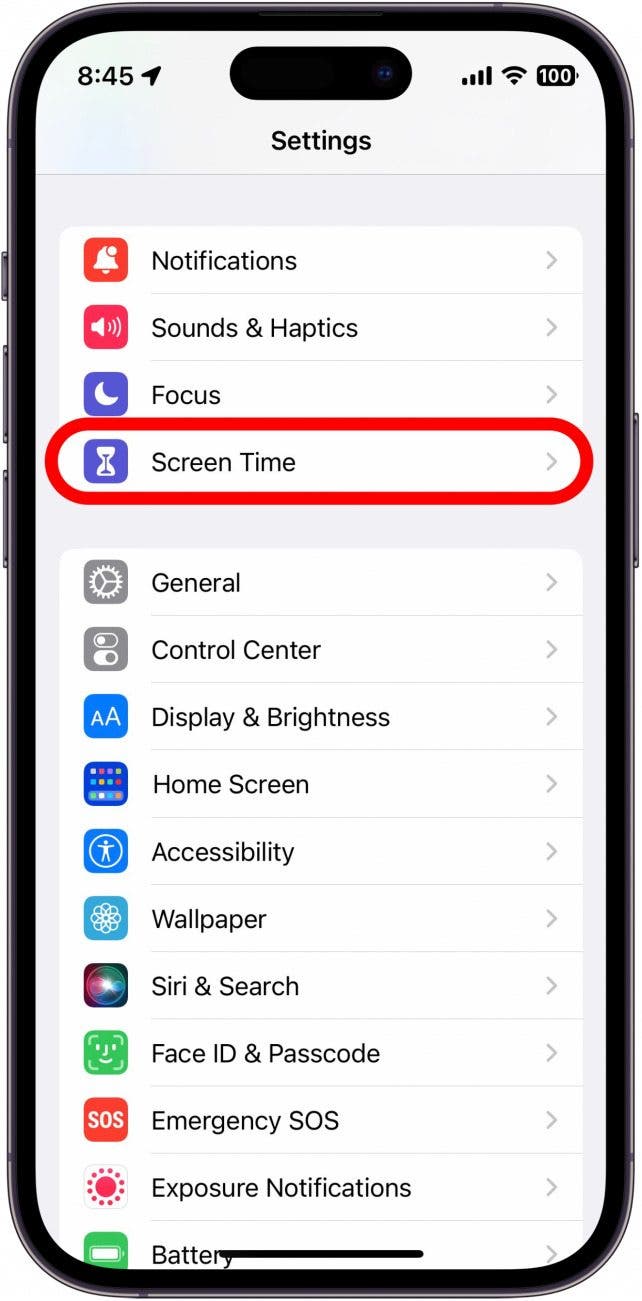
- Tap App Limits.
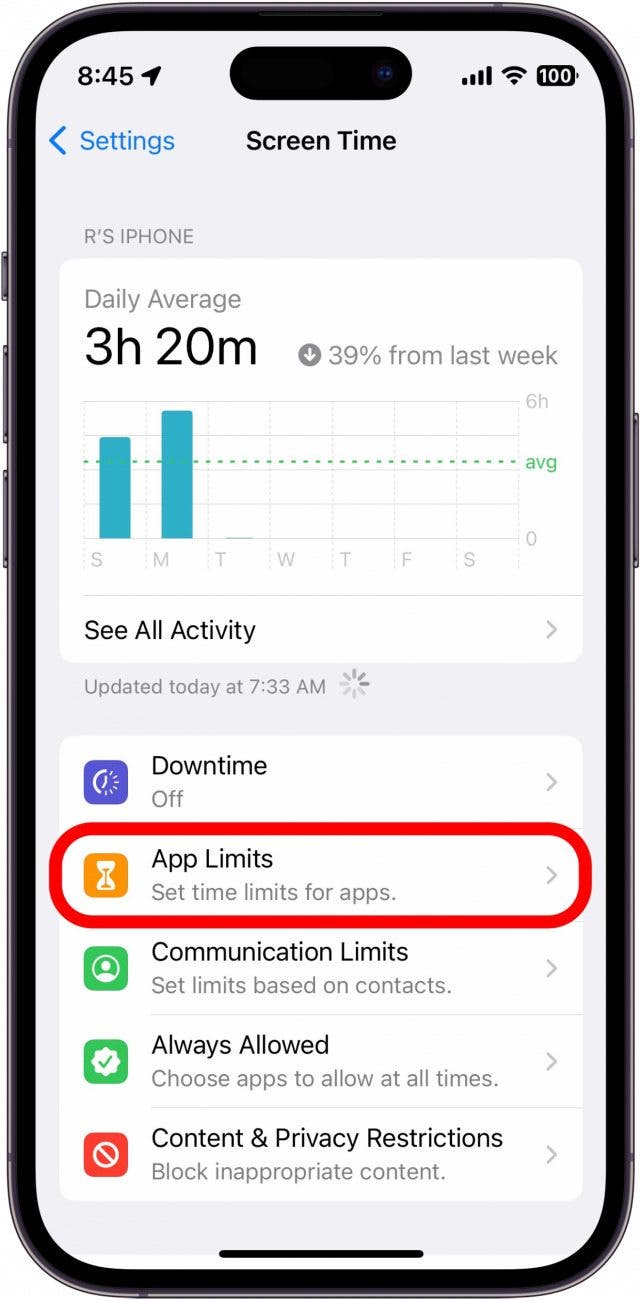
- If you see an App Limit for the App Store, swipe left on it.
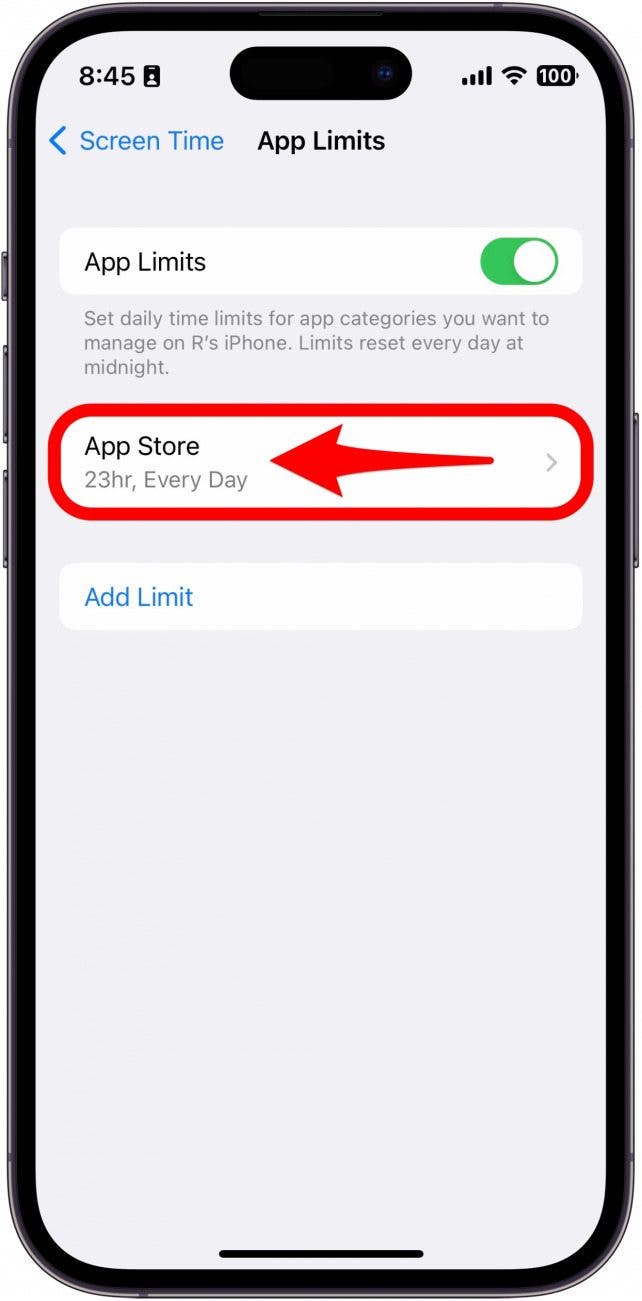
- Tap Delete.
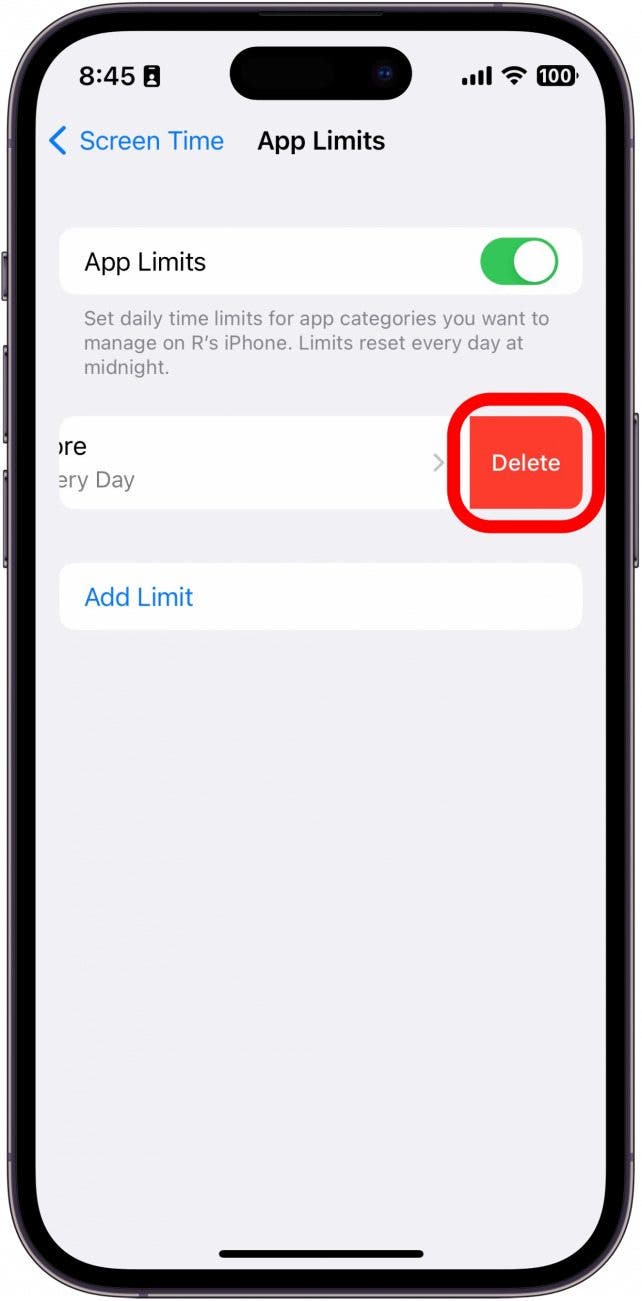
- Tap Delete Limit to confirm.
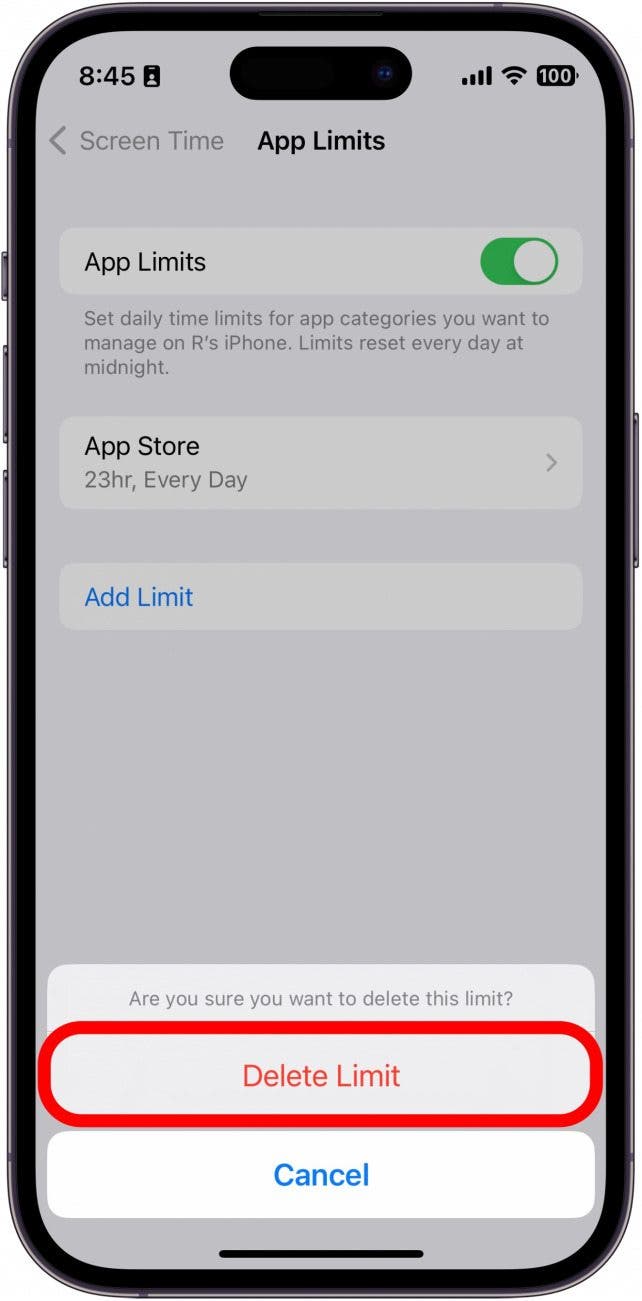
If you do not see an App Limit, then you’ll know that Screen Time is not preventing you from opening the App Store.
Check Screen Time Restriction Settings
If you’re able to connect to the App Store but the App Store won't download apps, it could be a Screen Time issue. If you use Screen Time to manage your phone use, you may have accidentally set a restriction for downloading apps.
- Open the Settings app and tap Screen Time.

- Tap Content & Privacy Restrictions.
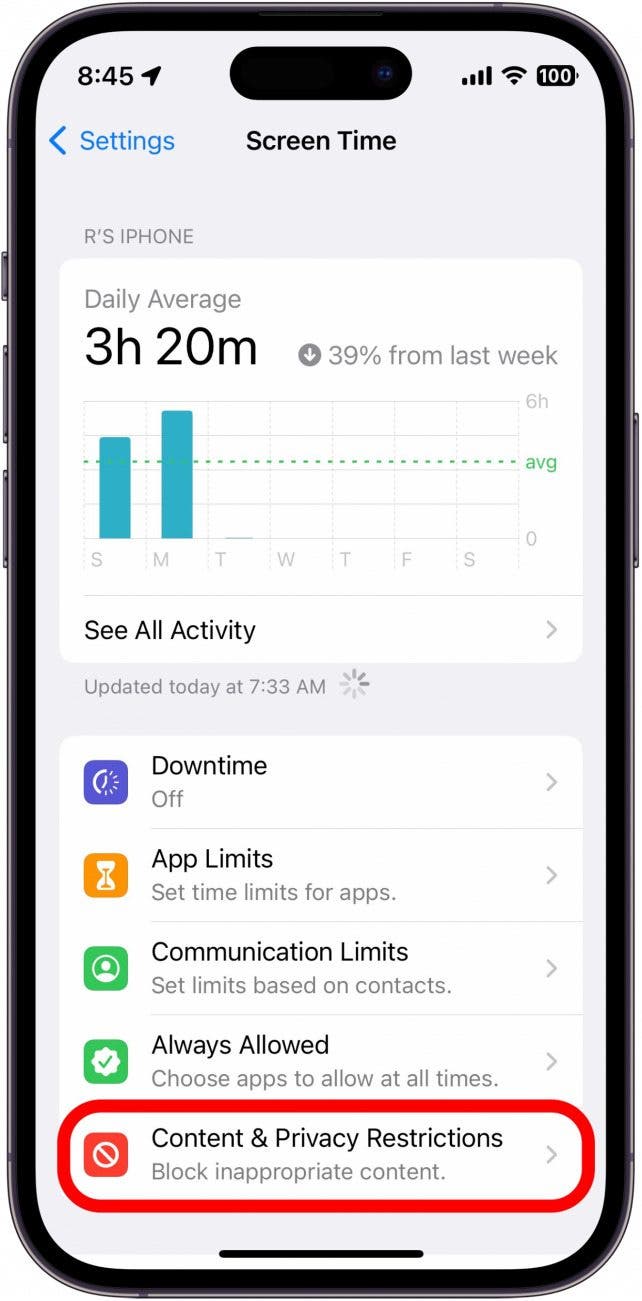
- Tap iTunes & App Store Purchases.
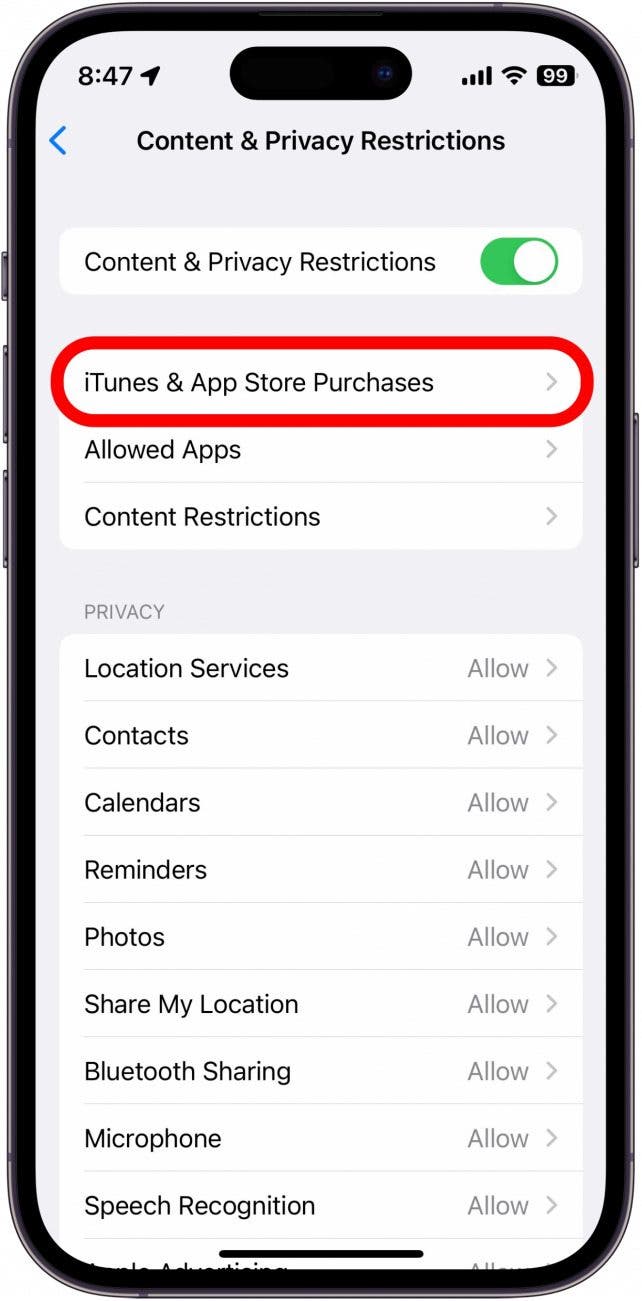
- Tap Installing Apps.
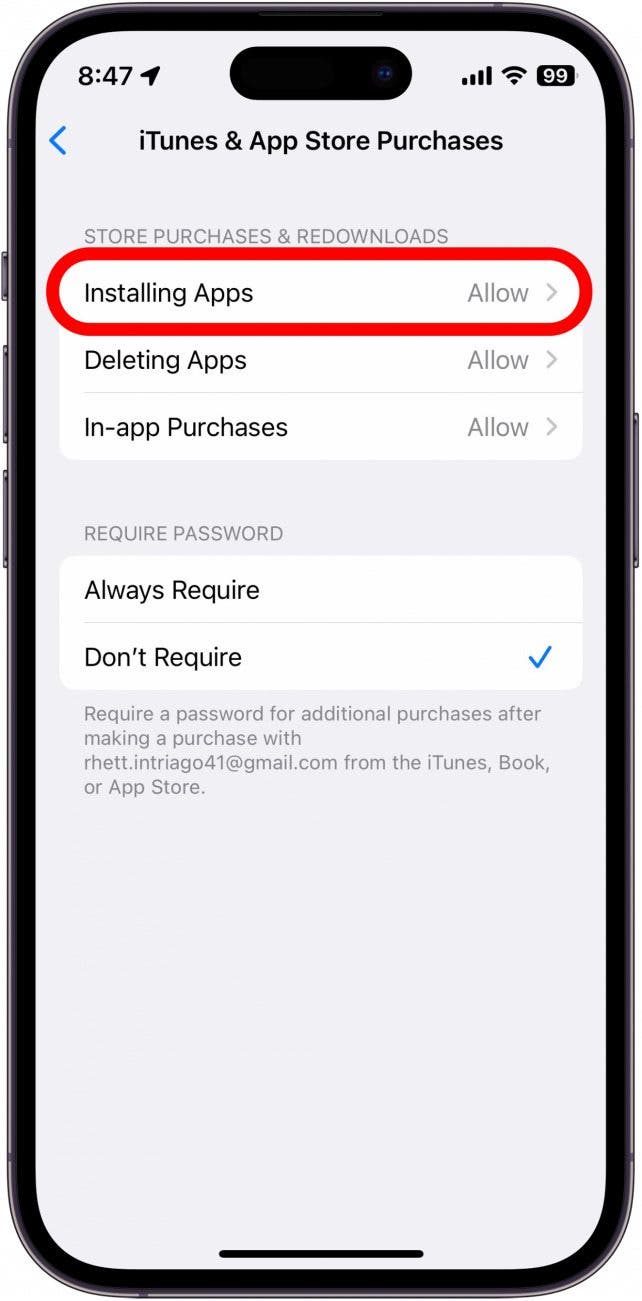
- Tap Allow, if it is not already selected.
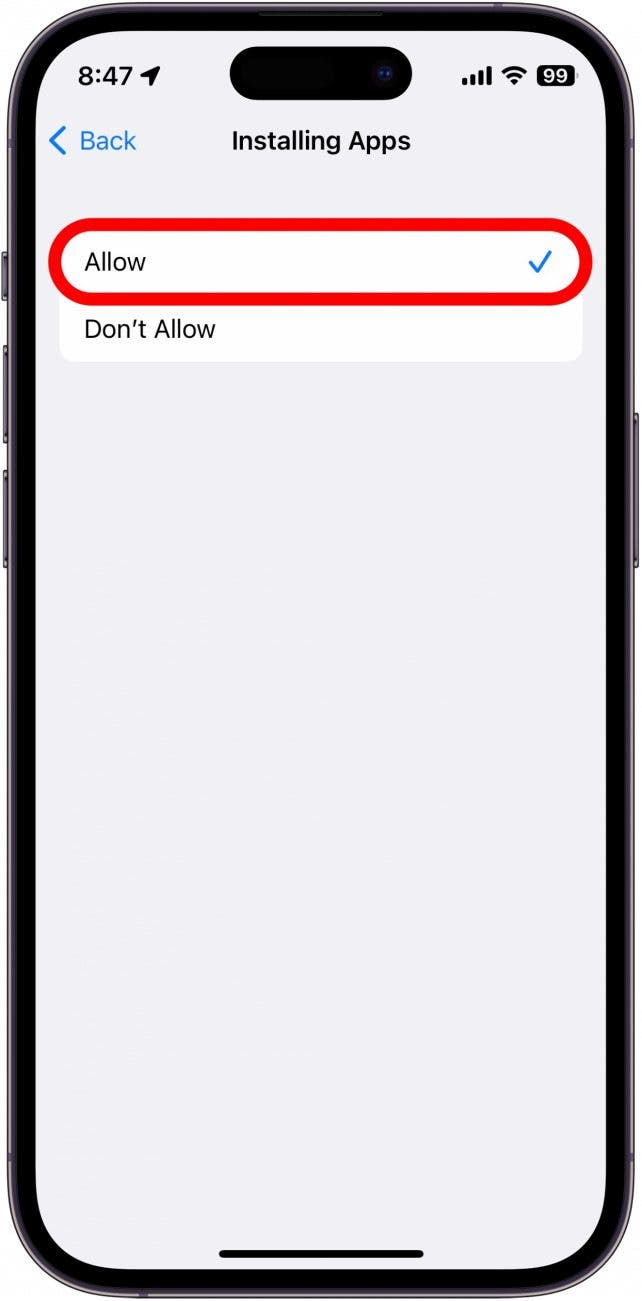
This setting should allow you to download apps again.
Enable In-App Purchases
If you are trying to make in-app purchases on your iPhone, but you are seeing a pop-up that tells you in-app purchases are not allowed, that likely means you have a Screen Time restriction set up. Here’s how to enable in-app purchases in Screen Time:
- Open the Settings app and tap Screen Time.

- Tap Content & Privacy Restrictions.

- Tap iTunes & App Store Purchases.

- Tap In-app Purchases.
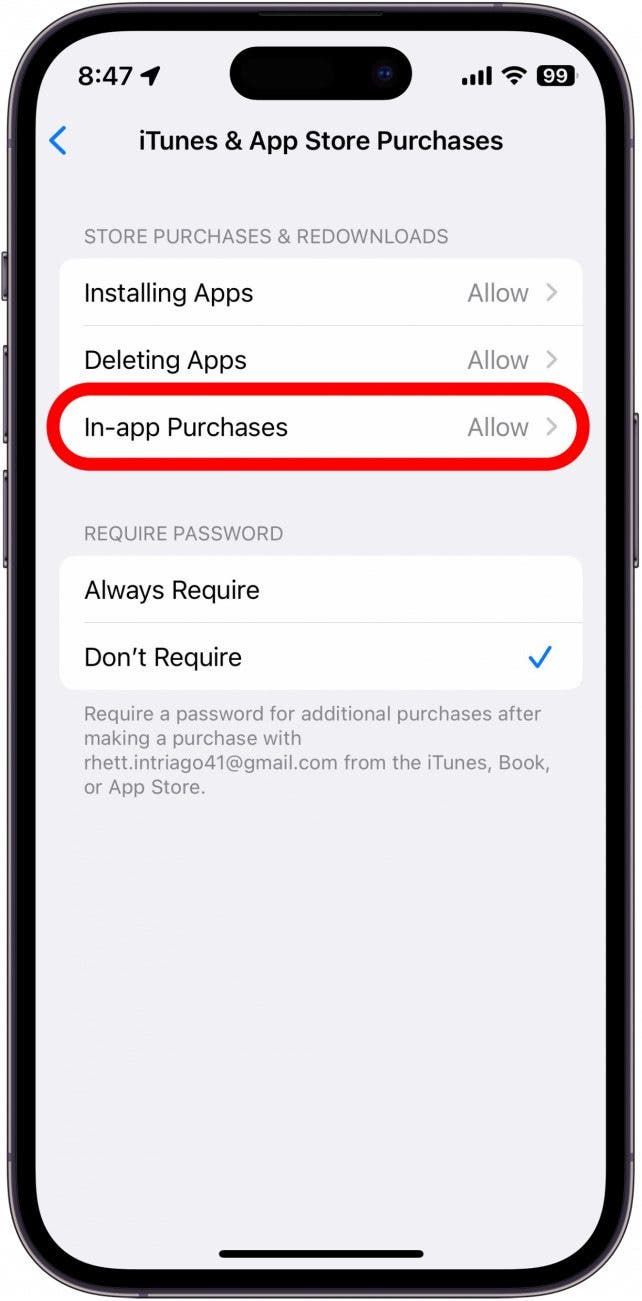
- Tap Allow, if it is not already selected.
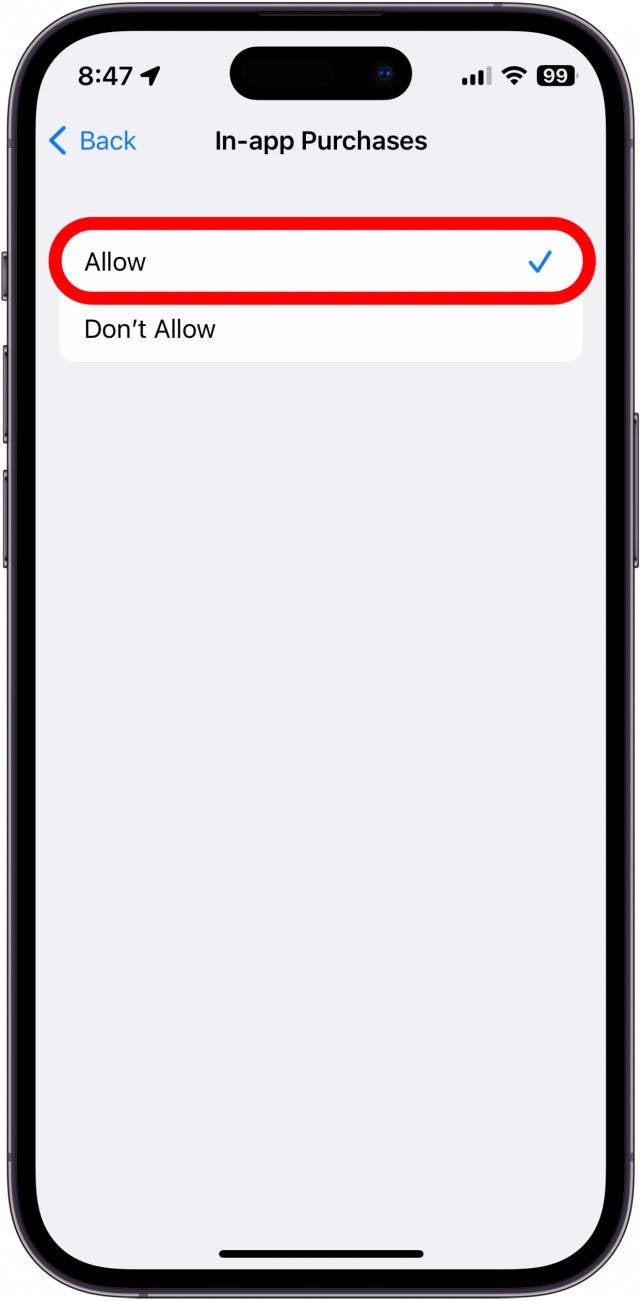
With In-app Purchases set to Allow, you should have no problems making purchases in other apps. If you are wondering how to turn off in-app purchases, you can follow the same steps outlined above, but tap Don’t Allow instead.
For more App Store troubleshooting advice, be sure to sign up for our free Tip of the Day newsletter.
FAQ
- Why is my App Store on my Mac not working? The App Store may be down, your Mac may need a software update, your internet connection may not be strong enough, and more. We have an article on how to fix it when the App Store is not working on a Mac.
- Why is tap to download not working? Our tutorial on how to fix tap to download not working directs you to make sure you have a strong 5G or Wi-Fi connection, turn Airplane Mode on and off again, and more.
- How do I get my apps to download without Wi-Fi? Our article on how to download large apps without Wi-Fi directs you to open the Settings app, tap iTunes & App Store, tap App Downloads, and select Always Allow.

Rhett Intriago
Rhett Intriago is a Feature Writer at iPhone Life, offering his expertise in all things iPhone, Apple Watch, and AirPods. He enjoys writing on topics related to maintaining privacy in a digital world, as well as iPhone security. He’s been a tech enthusiast all his life, with experiences ranging from jailbreaking his iPhone to building his own gaming PC.
Despite his disdain for the beach, Rhett is based in Florida. In his free time, he enjoys playing the latest games, spoiling his cats, or discovering new places with his wife, Kyla.
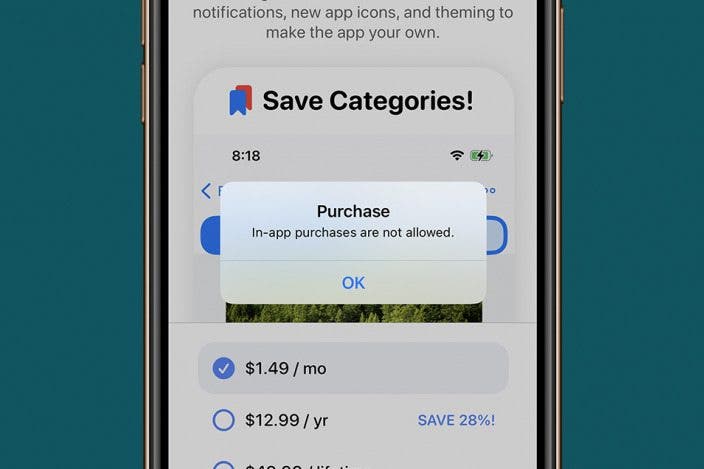
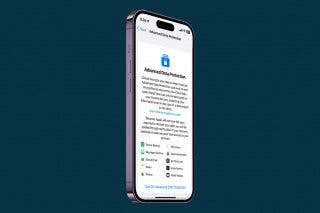
 Rhett Intriago
Rhett Intriago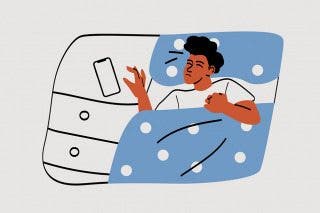
 Leanne Hays
Leanne Hays
 Rachel Needell
Rachel Needell
 Olena Kagui
Olena Kagui
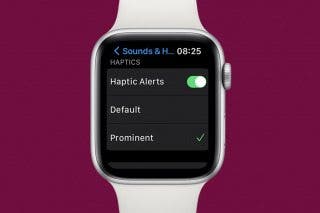

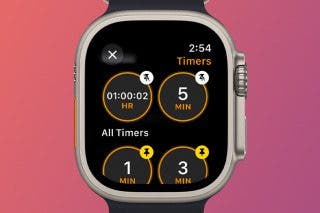
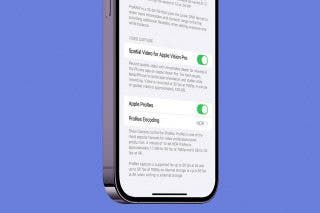
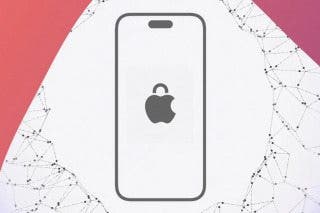
 Cullen Thomas
Cullen Thomas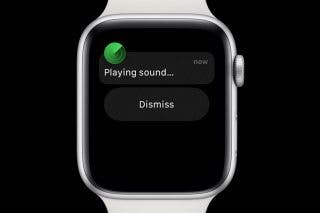
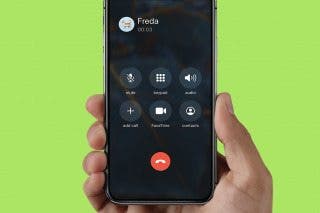
 Belinda Sanmiguel
Belinda Sanmiguel